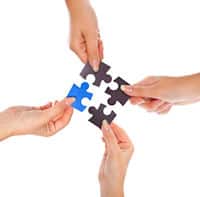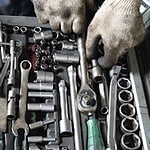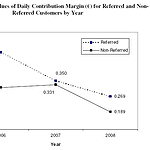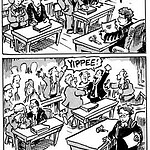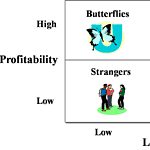A lot of companies struggle with determining just how to build their organization structure around customer loyalty management. Is there a separate customer loyalty group, or is it integrated into the rest of the organisation? And how does it work in practice?
However, there is hope and some clear best practice approaches out there that you can use in your own organisation.
Get committed!
The first thing you need to do if you’re going to be successful in the loyalty management space is to get senior-level management commitment – you really need to have a CEO or CXO level commitment to the process.
If you don’t have that, then you really will struggle to make it work because the rest of the parts are going to be difficult to keep moving without that support.
Clear customer goals
The next thing you’ll need to have is some really simple and well understood customer goals within the organization. Boil these down quite carefully to simple ideas that all of the staff and employees can understand and know.
Test Them
If you’re a senior manager and think that you have already done this, you may be in for a shock. Try this test – Get a group of staff into a room and ask them to tell you the clear customer goals that you think they should know. If they can’t tell you in 60 seconds, then you still have some work to do.
Operations needs to be responsible for operations
The next thing that we need to ensure is that operational departments are responsible for implementation of the customer loyalty management changes. That means at the end of the day the buck has to stop with the people that understand the operational processes the best. You don’t want to have a customer loyalty management group that spread out within the organization and trying to make the changes.
The operational departments really needs to be responsible for doing this. They’re the people that understand their processes the best. They’re the people that understand how to make change in their part of the business the best. Hence, they are best placed to make changes.
What you do need to make sure is that the operational departments have customer loyalty management KPIs.
There should be a broad set of KPIs around the customer that the operational departments are held to as well to ensure consistent customer focus, whether that be a Net Promoter Score, or another KPI the organization has decided to use.
Customer Loyalty Management as enablers
So then the role of the customer loyalty management group, or department, or team, or person, however, when you want to look at it, becomes an enabler of the process; not an implementer of the process.
That group has an understanding of how to manage the overall customer feedback program. They understand and maintain the analytics to understand what customers are thinking and analyse the information. And they also understand the best way to go about helping the operational parts of the business with making change.
And the analogy I use is the accounting department. Nobody expects the accounting department to make sales, but they absolutely expect them to know how many sales have been made, how to count those sales, and to advise other parts of the organization the best way to budget, etc.
So it is with the customer loyalty management group. They also have to deliver the understanding, and help, and coach the rest of the organization.
The customer loyalty management group should also have KPIs around customer loyalty management. So they should also have the Net Promoter Score, or whatever the organization has decided; they should have those metrics as well.
Now you have the people who understand the processes, the detailed parts of the business making the change, and the people who understand how the customer information works. All these will actually help the operational people make those changes. It’s a great teamwork approach!

